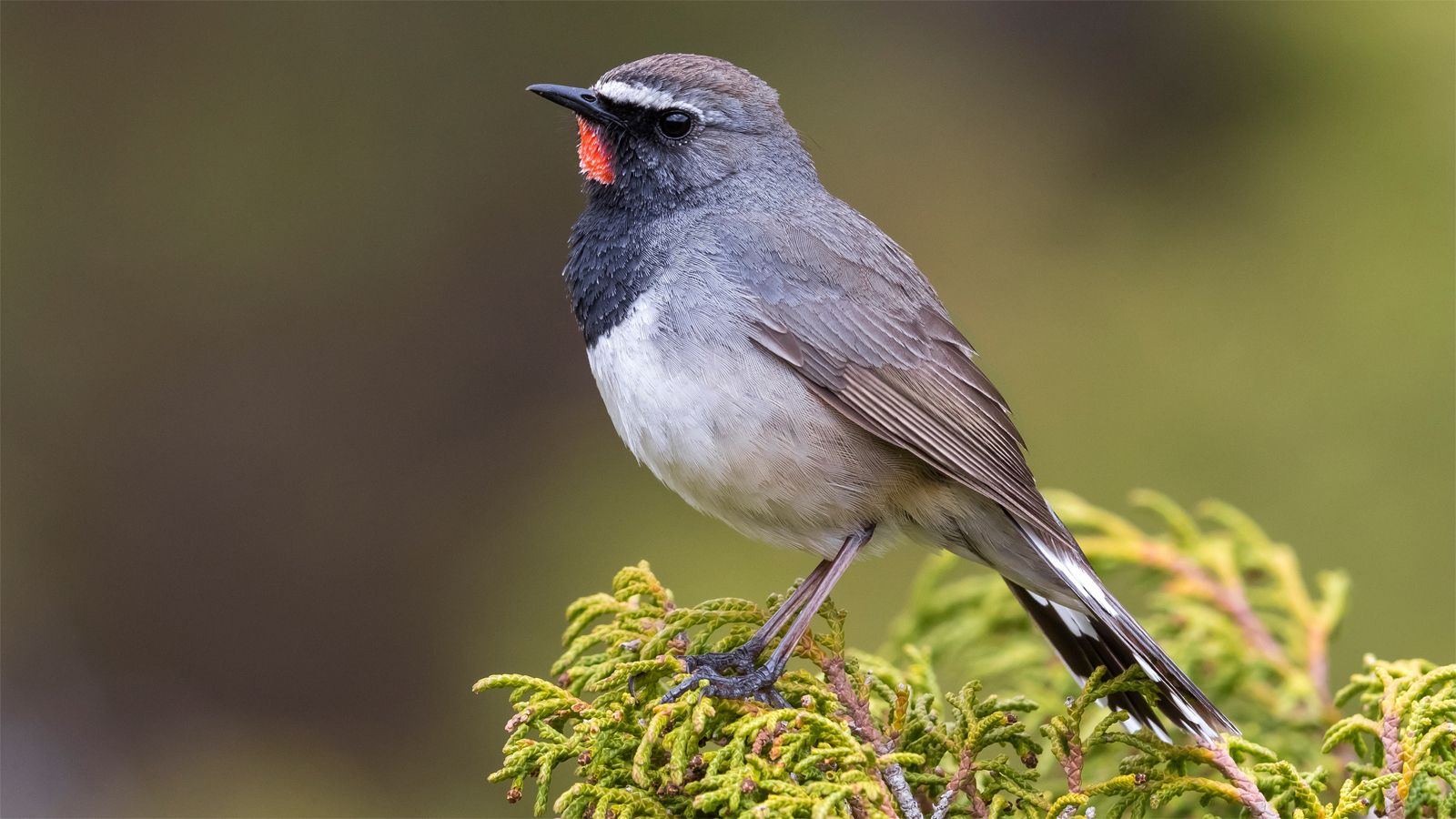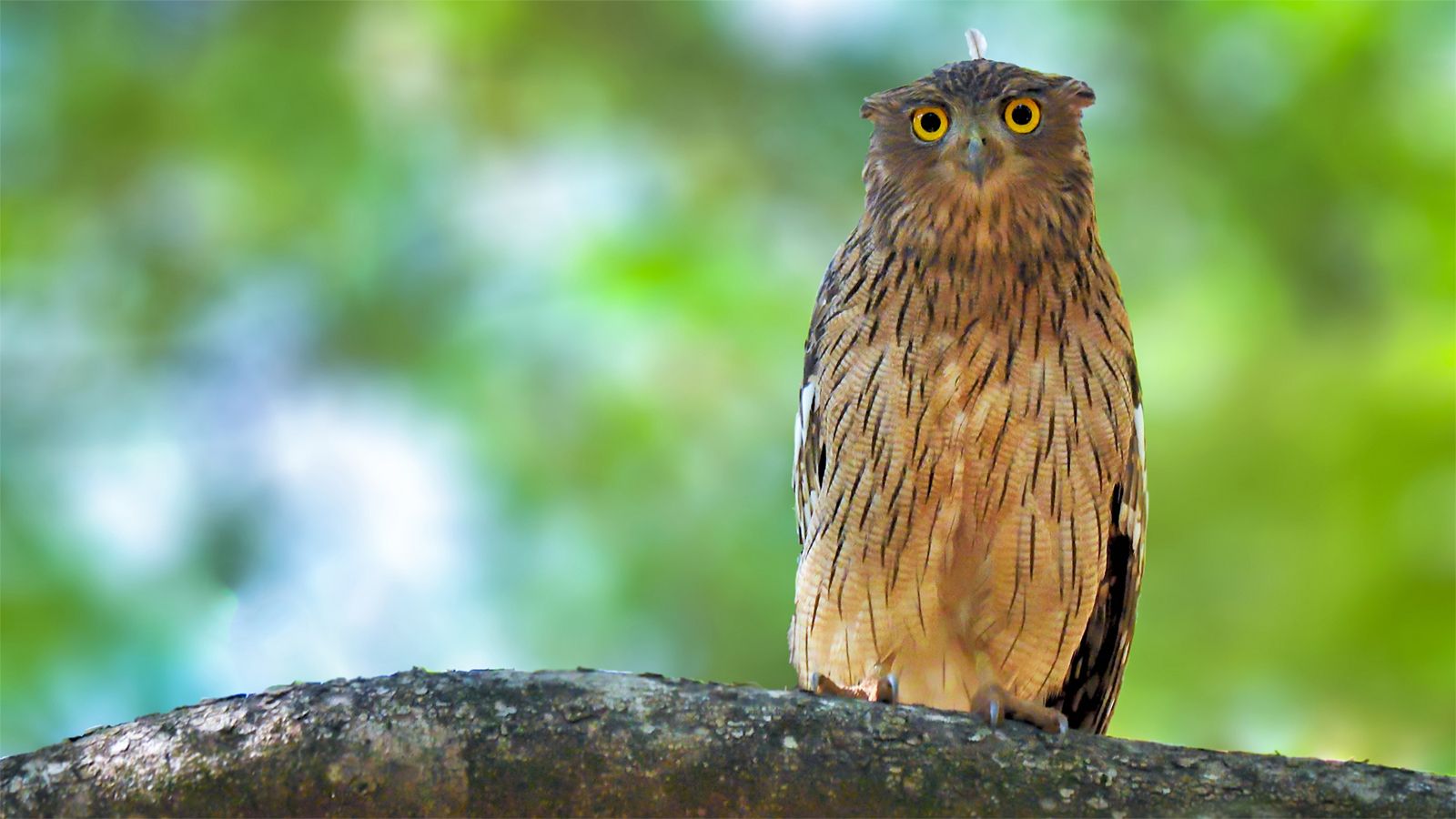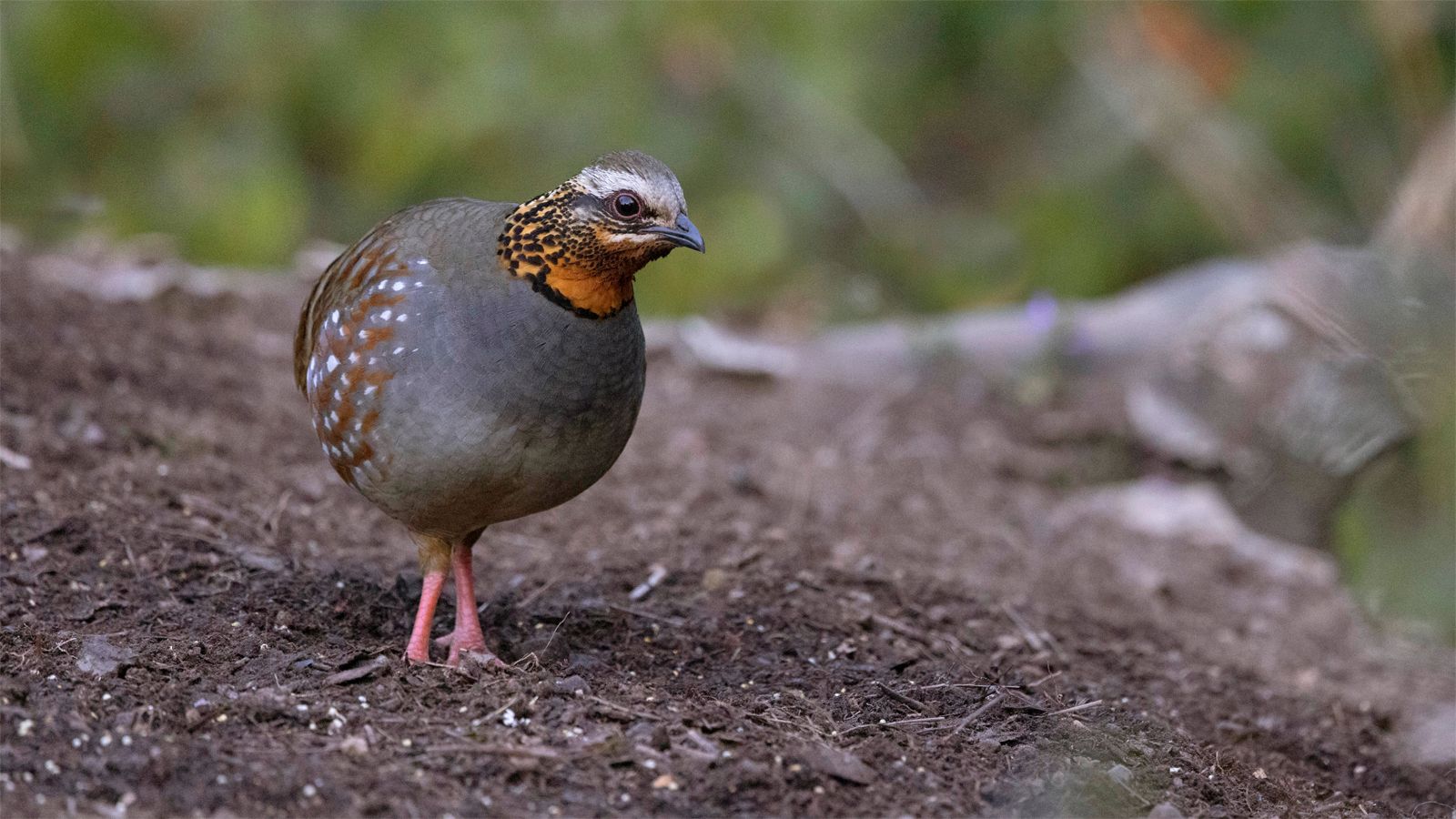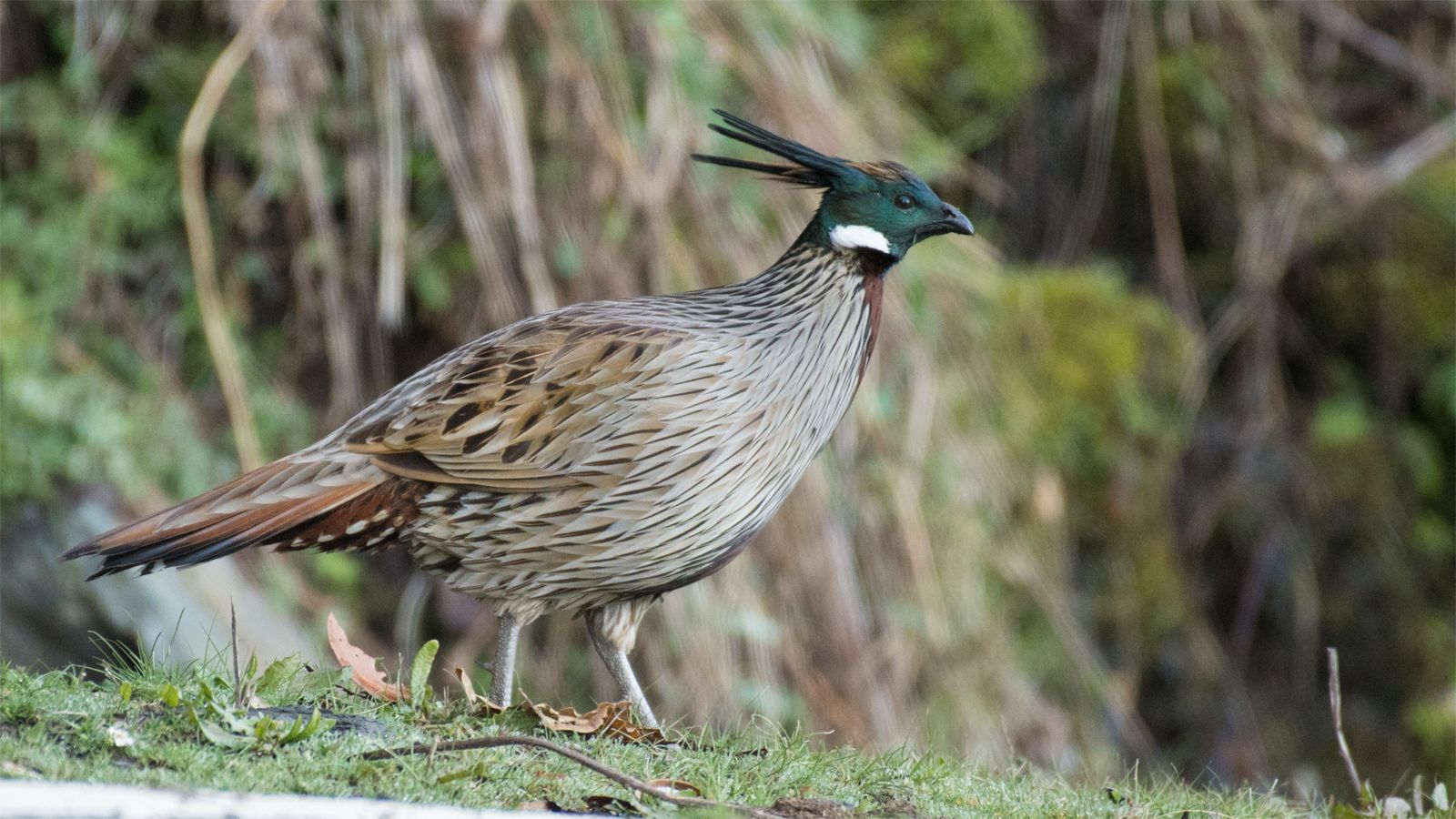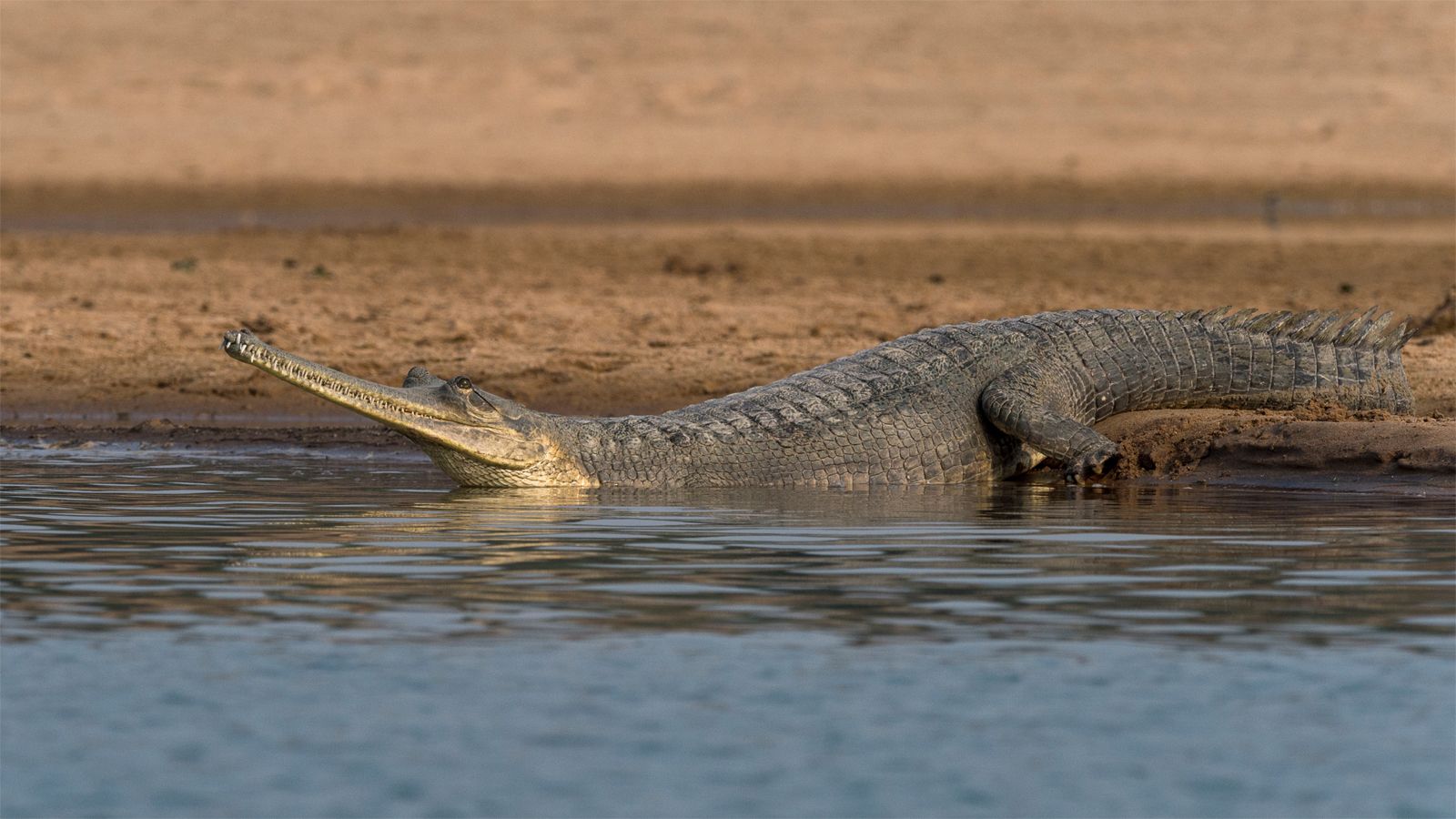Northern India









India has something unique and indefinable which makes all foreign visitors to marvel about its wonders. Perhaps it is the vast variety of its human and natural landscapes, perhaps it is the massive size of the country, flittered with wild, untouched corners, or even how humans and wildlife coexist side by side. There are few places on Earth where you can see wildlife and human communities coexist in such apparent harmony, with a long list of species living in tiny patches of habitat, beside villages and towns, and apparently undisturbed.
India counts with one of the richest avifauna on the planet, offering one of the finest birding in the world amongst superb scenery and great mammal watching opportunities. Its birdlife is not only rich, but it also serves as a natural introduction to the tropical Asian Southeast, where the jungle becomes the general habitat and birding can be more exigent.
Our itinerary starts and ends in Delhi, the vibrant capital of Bharat (the name of India for many locals) to explore some of the best birding spots in the North of the country in its way to meet the mythical Himalayas. Our trip shall start visiting the natural wonders of Rhanthambhore & Kheoladeo National Park before transferring to Corbett National Park for a 3 nights stay to try to contact with the wonderful Ibisbill and the always unpredictable Fish Owls living in the area. Finally, we shall enjoy the attractive montane habitats around Sat Tal where a long array of species await for us, led by specialties like Hill Partridge & Cheer’s Pheasant before go down the slopes and arrive to Delhi.
Pláning
Day 1: Arrive in Delhi
Arrive Delhi in the evening. You will be met and transferred to Hotel Shanti Palace. Evening at leisure. Overnight stay at Shanti Palace.
Day 2: Delhi – Sultanpur – Ranthambhore National Park
This morning we will leave for Sultanpur (an hour’s drive). Arrive Sultanpur around at 0830 hrs. These wetlands present a great wealth of birds, among which stand out the first contacts with Indian Spot-billed Duck, Black-necked Stork and Red-napped Ibis in addition to a good number of small birds such as Citrine Wagtail, Hume-leaf Warbler, Red-breasted Flycatcher or Siberian Chiffchaff. Later, drive to Ranthambhore National Park (6.5 to 7 hours). Arrive in Ranthambhore in the late evening. Overnight stay at Ranthambhore Heritage Haveli
Day 3: Ranthambore NP
Morning and afternoon safaris to the national park for tiger tracking and wildlife viewing. In addition to the possibility of meeting Tigers, the park presents a great diversity of birds such as Oriental Honey Buzzard, Rufous Treepie, mixed flocks of various species of passerines, and always one of the great specialties of the area will be Painted Spurfowl and Dusky Eagle Owl. A walk around the hotel allows us to see Painted Sandgrouse, besides species of birds from drylands including Prinias, Shrikes and Warblers. Overnight stay at Ranthambhore Heritage Haveli
Day 4: Ranthambore to Bharatpur
Enjoy the final morning safari in Ranthambhore. Another opportunity to look for Tiger and other mammals and to be able to complete a long list of bird species with other specialties of the area. Check-out and drive to Bharatpur. On route we will be able to add other species such as Brahminy Starling, Pied Bushchat, Plum-headed Parakeet and Yellow-wattled Lapwing. Arrive in Bharatpur in the evening. Overnight stay at Hotel Kadamb Kunj.
Day 5: Bharatpur
Full-day birding in Keoladeo National Park. This mosaic of wetlands, ponds and forests is one of the ornithologists’ paradises in India. The large number of great eagles is surprising, Great-spotted, Tawny, Steppe, Eastern Imperial and Indian Spotted are some examples. Impressive numbers of ducks, geese and herons fill the flooded areas. Black Bitterns and Ruddy Breasted Crake can be seen well hidden on the edges. One of the main places in the country to look for the mythical and rare Sarus Crane. The shrubby and wooded areas attract a large number of small wintering birds, in addition to the Indian-gray Hornbill, we can see Blyth’s Reed Warbler, Lesser Whitethroat and several species of Warblers. Overnight stay at Hotel Kadamb Kunj.
Day 6: Day excursion to Chambal (Dhaulpur)
After an early breakfast, leave for Chambal (Dhaulpur, 60–70 minutes drive).
Morning cruise for 2-3 hours in the Chambal River to see Indian Skimmer, Black-bellied Tern, River Tern, Pallas Gull among several more flocks of migratory waterfowl and good chances to connect with the very scarce Fish-eating Crocodile (Gharial) and Marsh Mugger; Gangetic Dolphin; turtles, etc.
Drive back to Bharatpur. Arrive in Bharatpur for a late lunch. This last visit will allow us to focus on species that had not come out the previous day and the search for specialties such as the Citrine Wagtail, Sykes’s Warbler and White-tailed Lapwing. Afternoon birding in Keoladeo National Park Overnight stay at Hotel Kadamb Kunj
Day 7: Bharatpur to Noida via Agra
Morning birding in the fields for some other species (outside the park),Chance to see large flocks of larks, including Greater Short-toed, Indian Bush, Ashy-crowned and Crested Larks, as well as Paddyflied and Tawny Pipits. Later, drive to Noida. En route, visit the Taj Mahal in Agra, where we will not only enjoy one of the architectural wonders of the world, but also the large gardens where Indian White-eye, Barbets and Sunbirds hide. The river that can be seen from the Taj Mahal is full of Geese, Ducks and other waterfowl. Arrive in Noida in the evening. Overnight stay at Hotel Bloom Noida
Day 8: Noida to Corbett National Park
Breakfast will be served at 7:00 a.m. and we will leave for Corbett National Park at 7:30 a.m. (7 hours, subject to traffic). Arrive at Tiger Camp for a late lunch (around 1400–1430 hrs). Evening birding at the Kosi River Overnight stay at Tiger Camp. Kosi river constitutes one of the great moments of the trip where the time dedicated to the search for the mythical Ibisbill, we will be able to share it with incredible views of Wallcreepers searching for invertebrates among the stones of the river and countless specialties such as Crested Kingfisher, Plumbeous and White-capped Redstart, and Yellow-bellied Fairy-Fantail at the same time as the first flocks of Himalayan Bulbul.
Day 9: Corbett National Park
Morning and afternoon jeep safaris in Corbett National Park for Tiger tracking and bird watching. The large trees hide a great diversity of Woodpeckers and other forest birds, you have to be attentive to the calls of the Great Hornbill to be able to enjoy this majestic bird but if one of the birds in the area stands out for its beauty, it is the Crimson Sunbird. Overnight stay at Tiger Camp.
Day 10: Corbett National Park
Another day in Corbett with morning jeep safari in Corbett National Park for tiger tracking and bird watching. Floating through the skies we will be able to see the spectacular Crested Treeswift and flocks of Himalayan Griffon with Red-Headed and Cinereous Vultures. Along the roadsides the first Kalij Pheasant are seen. Good sector to look for Asian Elephants and Slot Bear. Afternoon birding outside the park, good area for birds of prey such as Palla’s and Lesser Fish-Eagle. Black-Throated Thrushes can become quite abundant. . Overnight stay at Tiger Camp.
Day 11: Corbett National Park to Pangot
Morning birding at Kumeria Return to Tiger Camp or Serenity Resort at 0900 hrs. Kumeria presents an extraordinary diversity of small birds, mixed flocks with several species of Warblers, Minivets, Nuthatches, Flycatchers, Sunbirds and Redstarts, in special Green Magpie. Rufous-bellied and Small Niltavas are bright birds easy to see in this area. As soon as we reach the river we can complete the list with Brown Dipper and River Lapwing. Breakfast and check-out Drive to Pangot (2.5 hours), stopping en route for birding. Arrive in Pangot for a late lunch. Evening birding in Pangot Overnight stay at Jungle Lore Birding Lodge.
Day 11: Pangot
A full day of birding at Pangot village, Baggar, and Gughu Khan. First day in the foothills of the Himalayas where we can already see species like Slaty-headed & Red-breasted Parakeets, Grey Bushchat, Long-tailed & Grey-backed Shrikes, Besra, Chestnut-bellied Rock Thrush, Streaked Laughingthrush to name a few. In the small streams we can look for the impressive Forktails, we have a chance of detecting the 3 species Spotted, Slaty-backed and Little. Good area to look for the unpredictable Fish-Owls. Here, the most abundant raptor is the Steppe Eagle. In the farming areas we can see a good range of high mountain species such as the Red-fronted Serin, Black-throated Accentor, Oriental Turtle Dove, Olive-backed Pipit, Siberian and White-tailed Rubythroat. Overnight stay at Jungle Lore Birding Lodge.
Day 12: Pangot to Sat Tal
Morning birding in Pangot. The mountain areas hide the 3 species of pheasants and forest partridges. The grasses of the impressive Cheer Point is where the ever-difficult Cheer Pheasant hides, but the waiting is cheered by the flocks of Altai Accentors. In mature conifer forests at height we can see Hill Partridge and Koklass Pheasants. Mixed flocks with Indian Coal, Green-backed and Black-throated Bushtits, always closely followed by some Collared Owlet, will accompany us throughout the day. After an early lunch, drive to Sat Tal. Birding on the way and the rest of the day birding in Sat Tal. Overnight stay at Lavanya Resort.
Day 13: Sat Tal
Full-day birding in Sat Tal. Sector with some of the places most appreciated by ornithologists, where they can continue to look for specialties such as Long-billed Thrush, Russet Sparrow, Red-billed Blue Magpie, Asian Barred-Owlet, Brown Wood-Owl, White-bellied Epornis, Black-headed Jay, Blue-winged Minla along with some locally common birds including Red-billed Leiothrix. Throughout this sector we can combine it with a visit to some of the famous hides where, in addition to excellent opportunities to take photographs, we will be able to observe species that are difficult to detect such as the Rufous-chinned Laughingthrush. Gray Treepies are abundant and reliable birds in these areas. Overnight stay at Lavanya Resort.
Day 14: Sat Tal to Delhi and Departure
Morning birding. Check-out at 1200 hrs and have lunch. Last visit in search of the great specialties of the region. In this mountain agricultural mosaic combined with tea crops, we will be able to see Maroon Oriole, Himalayan Black-lored Tit, Whiskered Yuhina, Grey-winged Blackbird, Chestnut-bellied Rock-Thrush, Dark-breasted Rosefinch, Mountain and Black Bulbul, Himalayan Bluetail and several finches. Drive back to Delhi at 1300 hrs (8 hours). Arrive Delhi in the late evening. You can stop for dinner (on direct payment) on the way to Airport.
Información adicional
WHAT’S INCLUDED
13 nights of accommodation in twin/double room, all meals along the itinerary, birding guides, ground transport in air conditioned vehicle, local birding guides, safari trips in specific vehicles, boat trip, fees and entrances on natural parks, cultural guide at Taj Mahal, travel insurance. All price include VAT.
NOT INCLUDED
Visa; Alcoholic and soft drinks during the tour; any other item not listed as “INCLUDED”.
ASSEMBLING
Tour participants not choosing our inflight option will assemble at Delhi International Airport for a meet and greet before transferring with the rest of the group.
ACCOMMODATION
All accommodations throughout the tour offer en-suite rooms. We go to first-class lodges in all the main locations, but also favouring small, lovely cottages when possible. All dinners are served in our accommodation. Please be aware that some nocturnal game drives can be done in the tour.
PASSPORT, VISA & HEALTH
Please check the standard recommended health and innoculation requirements which are available in your local area. However, clients are strongly advised to take precautions against malaria for this tour, as well as being vaccinated against Yellow Fever. Please note that some prescriptions or over the counter medicines may be banned in India, please check with the Indian Embassy before travelling.
A tourist Visa must be purchased before your arrival to India. Most of Western countries citizens are required a Visa to enter India. The cost of the tourist Visa is $80 USD aprox. Please check the Foreign Office or equivalent for your Visa requirements. We are happy to help all along this process.
Reportes de viaje:

Precio

Por persona

Por persona
Suplemento habitación individual:
570€

Depósito:
900€


Próximas Ediciones:
Data inici:
Data fi:

Duración:

Tamaño de grupo:

Inicio/Final:

Tour Leader:








